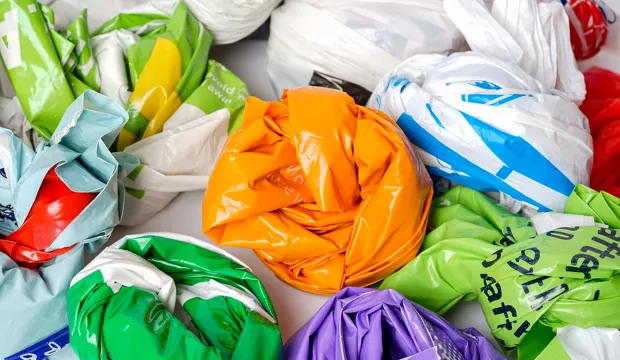
Turn milk into plastic
A project to make mouldable plastic from milk
In an era of escalating environmental concerns and an urgent need for sustainable materials, transforming an everyday staple like milk into a versatile and biodegradable plastic presents a compelling and innovative solution.
In this activity, learners will make mouldable plastic (casein) from milk and then use a mould to form a shape. It will help them to understand how plastic is made from natural resources.
This activity could be used as a main lesson to teach learners about plastic, covering manufacturing processes and techniques using natural resources. It could also be used as part of an introduction to plastics and their environmental impact.
Activity: Turn milk into plastic
This activity is one of a set of resources designed to allow learners to use seasonal themes to develop their knowledge and skills in Design & Technology, Engineering, Science and Mathematics. This resource is part of a group for Plastic-free Month that could be carried out either in school or at home.
How long will this activity take?
This activity takes 45 – 80 minutes. Download the presentation below for a full step-by-step guide to turn milk into plastic.
What you will need
- Milk (Full fat preferable)
- Saucepans
- Bowls
- Vinegar (white preferable)
- Spoons
- Paper towels/tea towels/cheese cloth
- Moulds: MDF; Silicon; icing shape cutters or biscuit cutters
Step by step guide
• Step 1 – Measure 1 cup (250ml) of milk into a saucepan. Heat the milk until it is just steaming.

• Step 2 – Remove the saucepan from the heat and add 4 teaspoons of vinegar. Gently stir for one minute, and the milk will curdle.

• Step 3 – Sieve the milk over a sink, ensuring all the liquid has drained. Gently press the curds in the sieve to squeeze out the liquid.

• Step 4 – Remove the curds from the sieve and gently squeeze them to remove the liquid. Squeeze the curds inside a cloth or paper towel to remove excess liquid. Make a curd ball; This is the plastic.

• Step 5 – To mould the curd ball, either shape it by hand, use a mould or use icing cutters.

• Step 6 – Leave in a warm place or on a radiator to dry. The moulded plastic should be left to dry for at least 24-48 hours.

The engineering context
Engineers actively contribute to environmental conservation by seeking innovative methods to produce plastic. Although plastic is extremely useful, the finite nature of crude oil underscores the need for alternatives. Bioengineers are currently exploring using organic resources such as sugarcane, potatoes, and various plants to enhance the sustainability of plastic production.
Suggested learning outcomes
By the end of this activity, students will be able to make mouldable plastic from milk, and they will understand that plastics made from natural products could be a way to protect the environment.
Download the free activity sheet below!
All activity sheets and supporting resources are free to download, and all the documents are fully editable so that you can tailor them to your students and your schools’ needs.
The activity sheet includes teacher notes, guidance, helpful web links, and links (where appropriate) to the national curriculum in the four devolved UK nations; England, Northern Ireland, Scotland and Wales.
Please share your classroom learning highlights with us @IETeducation




